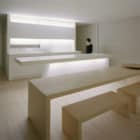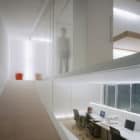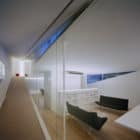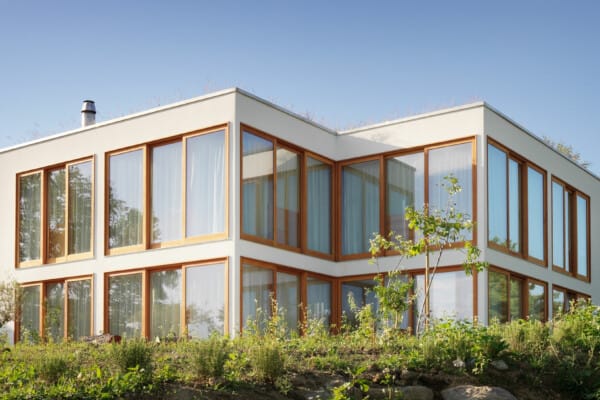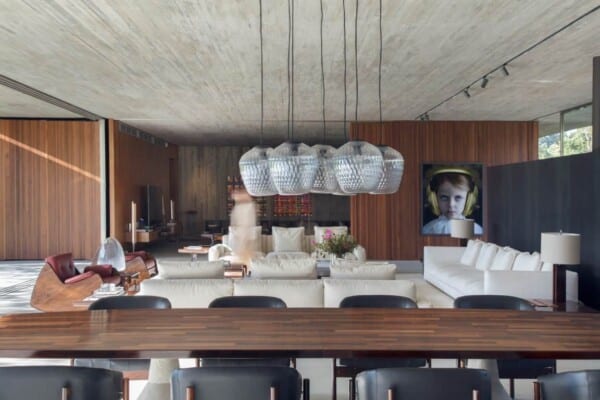Located in Tokyo, Japan is the C1 House designed by Curiosity Architects.
The house was designed as a complete product; structure, interiors, and furniture all designed as a unit.
C1 House by Curiosity Architects:
“The originality of the C-1 project started from the design process. it is designed as a product, unique independant, a seamless space where architecture interior furniture and products will become an unique emotional experience, each carefully connected.
C-1 designed like a movie with a scenario and story boards, the basic design include from the beginning all the aspects of the project, from the shape of the building to the light switch position.
The basic design defines the different missions project that should be initiated to achieve the goal, from building design to tap design. Thus unlike the usual process of articture projects which is of course designed from architecture, inetrior and finally products, all designs were developped in parallell.
The basic architectural design, a glass box surrounded by a walkway-gallery that connects the floor, was designed before the land was found. the basic design is defined from a user point of view, with movement and discovery as the main theme. the design is not defined by the wall and floor but by the movement of the user within the space, defined by a series of scenes. How the user will appear and disappear from floor to floor. to realise the seamless movement, the cooperate architec, tomoyuki ustumi proposed to use 25mm steel slabs as floor and finally the thickness finally comes to only 60mm when added to the flooring material. This is equivalent to a line in the architectural scale.
As the walkway surrounds the house, the interior should be designed in 3 dimensions, visble from floor level to ceiling level the top of a table is as visible as the buttom, a real 3d interior, and a very difficult challenge. using 3d animations the sequences of the interior were check from all angles.
Also, the challenge of c-1 is to define a different topology for the different aspects of life. an alternative to the existing our perception of space and object is the result of informations we memorized as we try to recognize things to understand them. c-1 design aim to define a different perception, the existence itself of each element and object is questioned.
1-the exterior of the building itself, a specific material like wood or concrete would reveal the scale of it, the actual finish create a scaleless architecture. in the same way to achieve seamless interior materials were developed. the facade finish and interior is the same, a textured white finish, a specific melamine (collaboration with aica) was created to achieve the same visual effect with high functional specification for strenghs and cleaning.
2-the size, proportion, hight and materials of furniture re-evaluated the perception of scale. without user within the space the real scale and size of the interior is difficult to evaluate. all the elements that could reveal the scale and function of the space were redesigned. the kitchen identity, usually revealled by the tap and hood design disappear as the tap (just a metal line) and hood (integrated vertically within the wall) was developped, so the kitchen function even open does not seems to exist.
A private house is not a canvas for life it should define life itself, each action and movement is defined and controlled by the design of the space and it creates the balance of life, the speed and rythm of the human body.”
Photos courtesy of the Architect





























